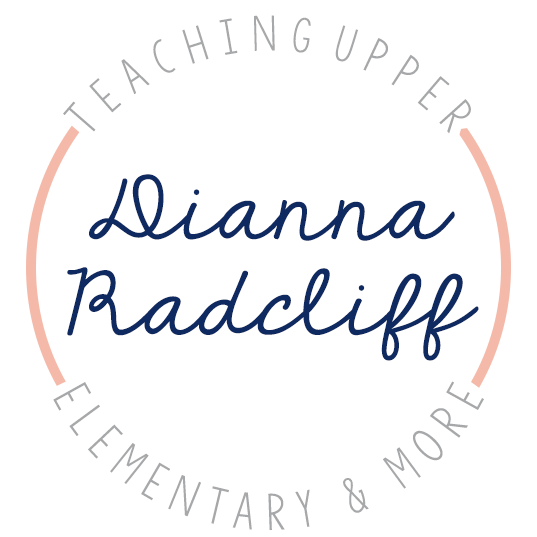
Hello Friends~
Welcome back for Week 3 / Chapter 3 of our Close Reading Book Study! I hope everyone is having a fabulous weekend!
Below is a direct link to the previous chapters in the book:
Chapter 1 {CLICK HERE}
Chapter 2 {CLICK HERE}
Make sure that you visit each participants blog to see what they have to share about each chapter. Don’t forget to enter our raffle each week as well!
Question #1: Do you have any ah-has, questions, comments about this chapter?
Chapter 3: A Way with Words
A Study of Word Choice
As I was sitting on the beach reading this chapter {yes, it was nice…} I had a few ah-ha moments because I had many connections to the chapter. We all have our own word choice so to speak. For my closest friends & family, they have a few words they connect to me. When I’m leaving my husband notes or directions, I specifically explain things in a certain step by step way to him. When I’m teaching, I have that “teacher talk” or certain words my kids always hear my say. Anyhow, you get the gist of where I am going with this… But this chapter brought together studying words in life & in text.
Here are some examples the authors stated…
- in the run up to an election, income taxes are called either “social-minded revenues” or “out-of-control spending”
- high-fructose corn syrup is either “unnatural poison” or “just corn”
- a morning-show segment on summer clothing either “flatters your figure” or “hides your flaws”
(Lehman & Roberts, 2014, p. 33)
See word choice is everywhere, we just don’t ever stop to realize it in our busy life. But I feel that the more we stop & realize it, the more we will also realize it in text. You know what gets me, commercial ads! Yup! That’s why I use my DVR so I don’t want to buy anything else. Which, by the way was mentioned in this chapter as well.
The Common Core State Standards & other standards for all ELA have word choice throughout. So this is very important to me.
Nothing changes in the plan of instruction except for the lens we are reading through now, which is word choice.
The authors stated the following figure…
Fig. 3.2 Reading Closely for WORD CHOICE
1. Read through lenses.
Choose specific words to gather:
- Words that Evoke:
- Strong emotions
- Strong images
- A clear idea
2. Use lenses to find patterns.
- Which words fit together?
- How do they fit together?
3. Use the patterns to develop a new understanding of the text.
Think about an author’s:
- Tone
- Purpose
- Relationship to the subject
- Central idea
(Lehman & Roberts, 2014, p. 35)
You can use any type of text or media to examine using this process. The author also gave the reader more thinking frames when discussion time with students begins.
The authors stated the following figure…
Fig. 3.6 Frames for Thinking About Word Choice
Seeing Patterns
- One pattern I see is _____ with words like _____.
- Some words fir together, like _____ and make me feel _____.
- These words fit together because they sound _____.
- The author could have _____ but instead _____.
- There seems to be more than one pattern _____ and also _____.
(Lehman & Roberts, 2014, p. 42)
I love all these thinking frames in each chapter, I love that we can use these as a visual to help create critical thinkers in our classroom during discussion time.
Question #2: What is different from how you have taught close reading to students?
What is different for me…. Since I tend to always be straightforward in life… The reading/teaching of looking for word choices & finding the patterns in them is. Never got that into it before.
I guess as an adult, I “feel” the words as I read them, but I don’t ever remember that as a child/student. The only thing I remember is the tone of your voice with a question mark or exclamation point. As a teacher when we are reading aloud or together with students we don’t necessarily stop & think to help students look at the word choices. We get it, so we just keep going.
So I will add this to my goal list!
Like I said before, I will be using these sentence frames too. I love each chapter displaying a chart of them for us. I got into sentence frames for oral comprehension back in March. I mean everyday, large visuals, tagged too & all! I am a sentence frame nerd! Plus my friends, my biggest ah-ha with using sentences frames for oral discussion was that it eventually transferred to improve their written comprehension. It’s a good tool!
Don’t forget to enter to win a copy of the book & check out the entire book study group!








